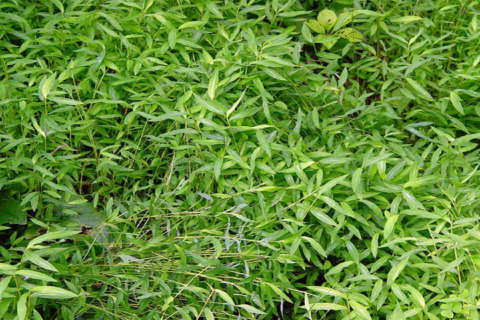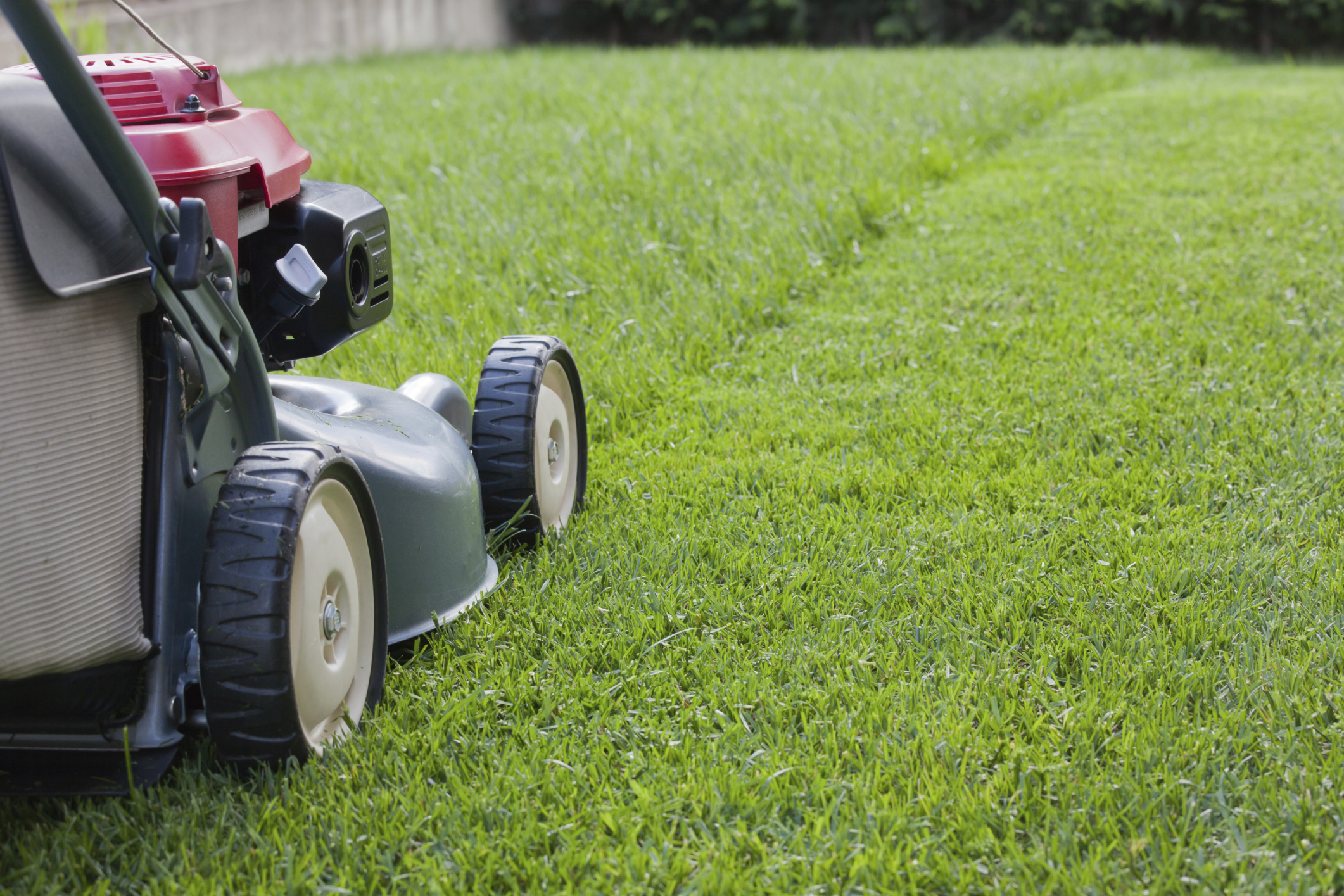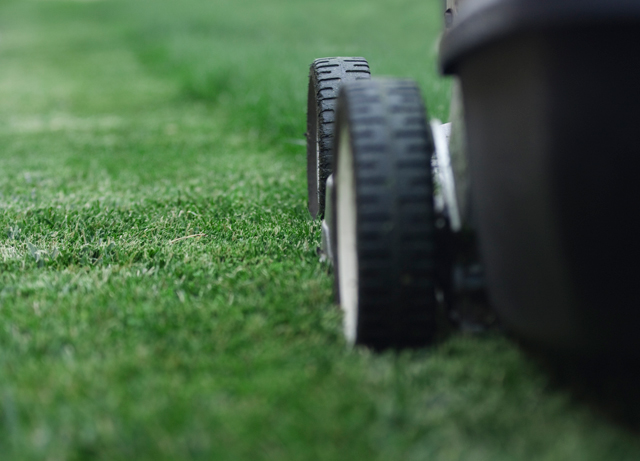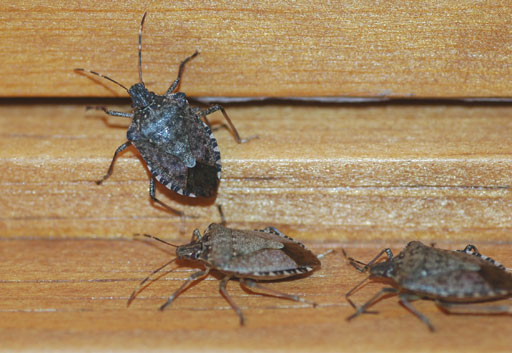Mike in Carroll County writes: “I may be getting old, but I don’t think you’ve ever made any reference to spraying the Japanese stiltgrass. I spray weeds with Ortho Weed Be Gone, but it doesn’t seem to do much against the Japanese stiltgrass. If there is a type of spray that works on it, I’d sure like to know what it is.”
Pulling beats poison
The answer to weeds is never a spray of any kind — especially the kind of deadly chemical herbicide you’re risking your life with.
Here’s what should be your first line of attack: Pull the existing plants from wet soil (which should be really easy this soaking wet summer). Stiltgrass is very shallow-rooted and pulls easily from wet soil.
And, stiltgrass is not perennial; if you pull it out at the right time, it will not come back.
Stiltgrass lives for but one year — or, maybe forever
Eradicating this imported grass is relatively easy when you know its life cycle.
Stiltgrass is what’s called a “summer annual.” Like crabgrass, it dies off completely over winter. But, before winter hits, it drops a ton of seed. That seed germinates in the spring, and you have a new crop of stiltgrass popping up right where the old stuff was.
But, unlike a true perennial, there are no living roots or rhizomes in the soil, so if you prevent the seed from forming in the first place, there’s nothing to germinate in the spring and the bad grass goes away.
If the seed heads have not yet fully formed, pulling the shallow-rooted plants is the way to go. If the seed heads are visible, toast the tops of the plants with a flame weeder to incinerate them. Here’s the latest version of the one I use in my own garden on Amazon.
Why is stiltgrass like crabgrass?
Again, eradicating this imported grass is relatively easy when you know its life cycle.
Plants emerge from dropped seed in the spring, grow strong all summer, set seed, drop that seed into your turf and then die off. Flame weeding the tops of the plants at this time of year will destroy a lot of that seed.
Then, in spring, be ready to spread corn gluten meal on your lawn. A natural by-product of corn starch manufacture, corn gluten meal provides a perfect nitrogen feeding for your turf and prevents the germination of dormant weed seeds such as crabgrass and stiltgrass.
…Or, maybe it’s more like moss
Eradicating this imported grass is also relatively easy when you know its preferred habitat. Japanese stiltgrass prefers to grow in the kind of moist, shady conditions that weaken turf grass. The more water and shade, the stronger the stiltgrass and the weaker your lawn.
If the area doesn’t get a solid four to six hours of sunlight a day, grass may not be the right plant for that place — unless you take down some big trees to let in more light.
If the area drains poorly, have it core-aerated anytime this month or next, using a machine that pulls plugs out of the soil to improve the drainage. Then overseed with a brand name seed that matches your existing turf.
Both tactics will inhibit the stilt and encourage the turf.
Stiltgrass control in a nutshell
Japanese stiltgrass is a summer annual that prefers to grow in damp, shady spots. Here are some steps you can take to eliminate it:
- Toast the seed heads with a flame weeder now. If no viable seeds drop down into your turf, no new stiltgrass will emerge next spring.
- Apply the all-natural pre-emergent herbicide corn gluten meal early next spring to feed your lawn and deactivate any seeds you missed.
- Pull any new shoots that appear promptly from wet soil.
- Limit watering to the absolute minimum — 1 inch of water delivered once a week by you, and only in a week where we don’t get an inch of rain.
- Have your lawn core-aerated over the next two months to improve the drainage.
- And finally, if the lawn is in dense shade, replace it with a shade-loving groundcover.
Mike McGrath was editor-in-chief of ORGANIC GARDENING magazine from 1990 through 1997. He has been the host of the nationally syndicated public radio show “You Bet Your Garden” since 1998 and garden editor for WTOP since 1999. Send him your garden or pest control questions at MikeMcG@PTD.net.








